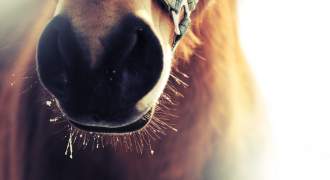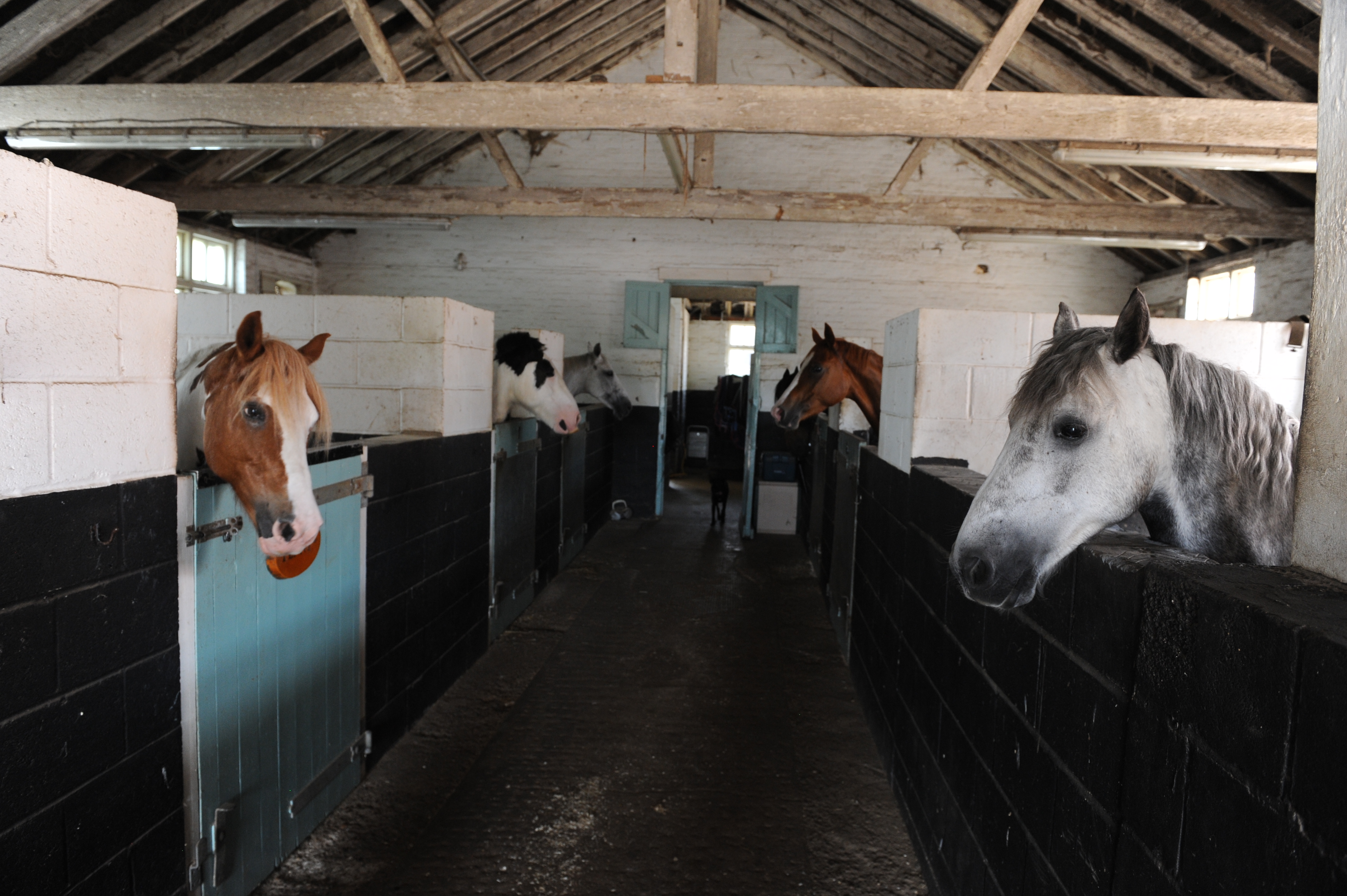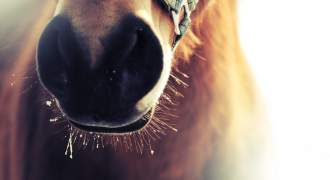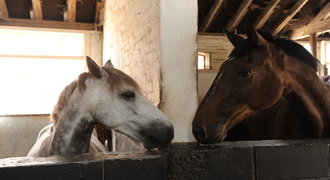
Airway patrol: understanding parasitic respiratory...
Some respiratory diseases can be caused by parasites. Parasites are organisms that live on or within a host. Worms are the most co...
18 September 2020
Read More
The term ‘Equine Asthma’ encompasses the conditions IAD (inflammatory airway disease), RAO (recurrent airway obstruction) and SPRAO (summer pasture associated recurrent airway obstruction). In a similar way to asthma in humans, the conditions in horses are usually triggered by a reaction to environmental conditions.
What are IAD, RAO and SPAO?
IAD is a mild inflammation of the airways. It often improves spontaneously or following treatment and there is a low risk of recurrence.
RAO is associated with more severe changes in the airways. The disease cannot be cured but signs can be controlled.
SPRAO is a type of RAO which is specifically triggered when the horse is at pasture.
What are the symptoms?
IAD, RAO and SPRAO are all associated with symptoms of chronic cough (>4 weeks duration) and excess mucus in the airways, which may show as a white nasal discharge. There is wide variation between the conditions in terms of disease severity and progression.
Horses with IAD have a normal respiratory effort at rest – an abnormal increase in respiratory rate and depth only becomes apparent during and after exercise (the effort is greater than expected for the type of work being performed and takes longer to return to normal). Any age of horse can be affected.
In contrast, horses with RAO or SPRAO develop narrowing of the airways, which, combined with the increased mucus production, lead to wheezing, coughing and restricted intake of oxygen. There can be considerable discomfort and increased respiratory effort at rest (known as ‘heaves’). Since the changes take time to develop, affected horses are typically over 7 years old.
How are they transmitted?
These are not contagious diseases so your horse cannot catch them from another horse. They are due to inhalation of allergens such as dust, pollen and mold spores.
How can they be prevented?
Clean, well-ventilated stables with dust-free bedding and plenty of time in fresh air are the best preventatives. Horses with SPRAO will need to be kept away from the specific pastures which trigger an attack and are usually best stabled at high risk times of the year. Hay soaking can also be helpful to reduce dust and pollen.
If you think your horse may have any symptoms of respiratory disease it’s sensible to isolate them immediately until it is determined if there could be an infectious cause. Place them into a clean, well-ventilated, dust free area, check temperature, pulse and respiratory rates and contact your vet to discuss the next course of action.
References
Couetil et al (2016) Inflammatory Airway Disease of Horses—Revised Consensus
Statement. J Vet Intern Med 2016;30:503–515

Some respiratory diseases can be caused by parasites. Parasites are organisms that live on or within a host. Worms are the most co...
18 September 2020
Read More
Viral and bacterial respiratory diseases are highly contagious and can pass rapidly from horse to horse, especially in a yard envi...
18 September 2020
Read More
The horse’s respiratory system is extremely efficient but also highly sensitive and susceptible to many diseases. Infectious...
13 July 2018
Read More